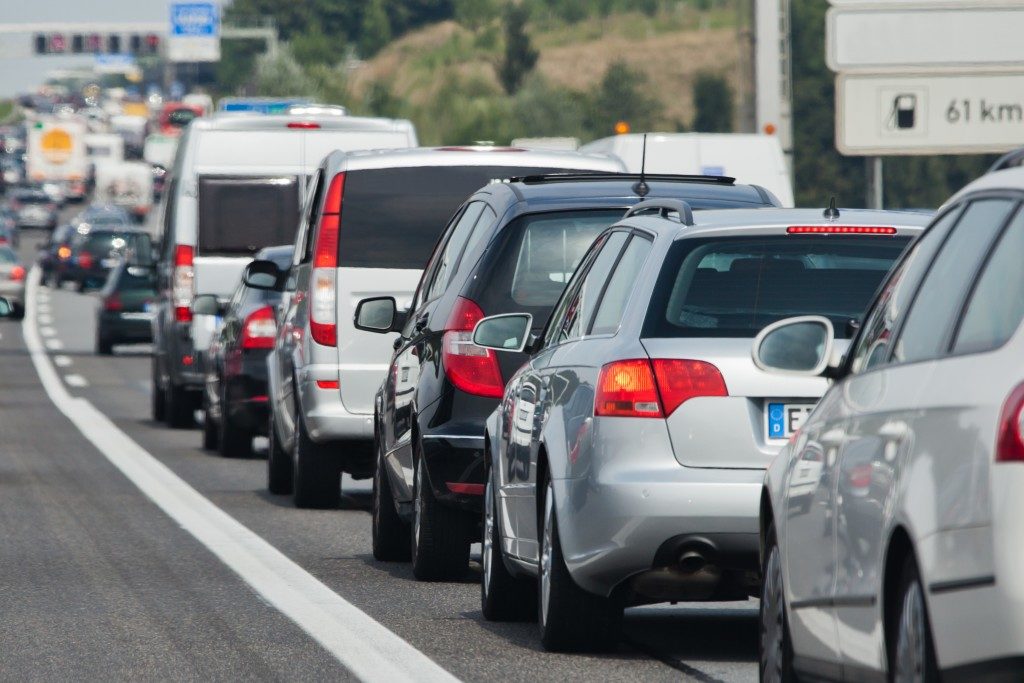In every aspect of life, it’s essential to showcase good manners and proper conduct. Indeed, it’s very unlikely to achieve success in any pursuit if you aren’t well-mannered. This applies to both corporate and personal ventures. Even in a common daily activity like driving, etiquette is a must.
If you are currently preparing to obtain your driver’s license or are a beginner in driving, you’re probably already aware of basic road rules like driving only when sober, always wearing your seatbelt, driving at the recommended speed limit, not using your phone when driving, maintaining safe distance from the vehicle in front of you, and other fundamentals.
However, there are multiple existing laws designed to ensure safety in driving during particular situations. Below, we’ll focus on several special rules for specific conditions. Be alert and read along.
Emergency Vehicles
According to TopDriver.com, it’s highly important to adjust depending on who you share the road with. This is especially indispensable in handling the situation of encountering an approaching emergency vehicle. Accordingly, these include an ambulance, police car, military vehicle, and fire truck.
When approached by an emergency vehicle that uses visual and audible signals, such as sirens or lights, the law requires you to pull over to the right side of the road swiftly, but cautiously so you can pave the way for the emergency vehicle to pass with ease. In certain cases, it may even be needed to make a full stop so the vehicle can pass. Additionally, if you’re stopped at an intersection prior to the coming of the emergency vehicle, you must remain stopped until it’s able to pass.
You should never try to follow an emergency vehicle or even worse, attempt to pass one because such a reckless act can lead to paying fines and causing danger. However, if an emergency vehicle doesn’t utilise its lights or sirens, there’s no need to treat it any differently than a common vehicle you share the road with.
Police Directions
As explained, a police car is an emergency vehicle, so if you are approached or pursued by one, you must pull over and stop immediately. You should also stay alert and follow directions given by the police through hand signals. For instance, these can be gestures for providing directions at intersections or the police may be attending to a road incident. The Roads and Maritime Services stresses that you must obey any direction given by the police at all times.
Temporary Traffic Control

Temporary traffic control pertains to the use of various devices and personnel to guide drivers safely through areas where road conditions are affected by a construction work in progress or a road incident. Primarily, it’s meant to ensure safety while minimising work disruptions and traffic delays.
You must familiarise yourself with such devices so you’ll know what to do when you encounter one. For example, portable traffic lights are long-term systems that are usually utilised during large-scale procedures like bridge repairs and maintenance, culvert replacements, and road reconstruction. On the other hand, an automated flagger assistance device is used for short-term happenings like an on-going special event, asphalt paving, tree trimming, sewer line repairs, and others.
The New Jersey Institute of Technology reports that accidents in areas around construction sites lead to hundreds of fatalities each year, which is why it’s integral that you stay vigilant in roadways near work zones.
As a driver, you must be responsible for operating your vehicle in a sensible and safe manner while maintaining road etiquette. Local authorities often suggest taking a refresher driving course online as this will enable you to stay updated with regards to best driving practices and recent law changes.
